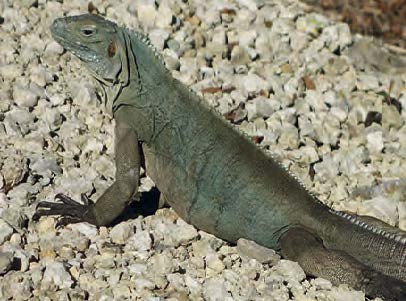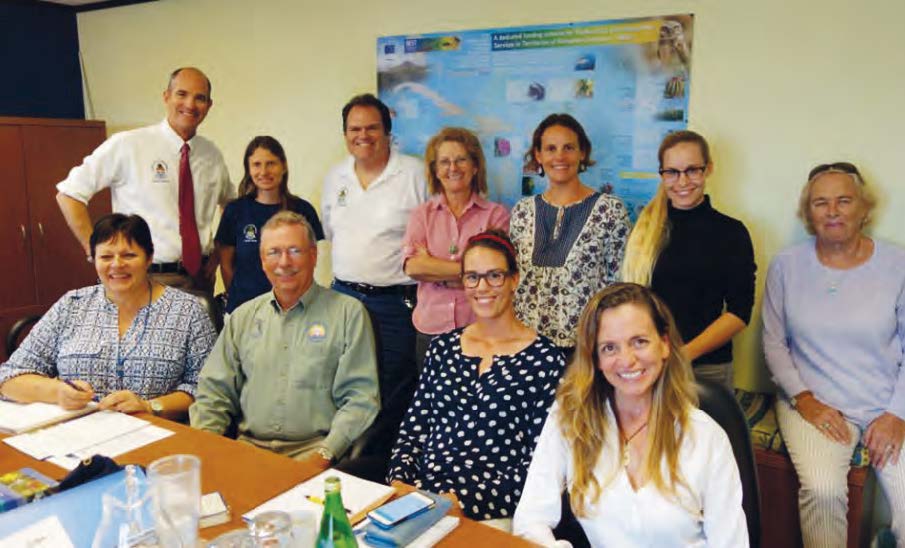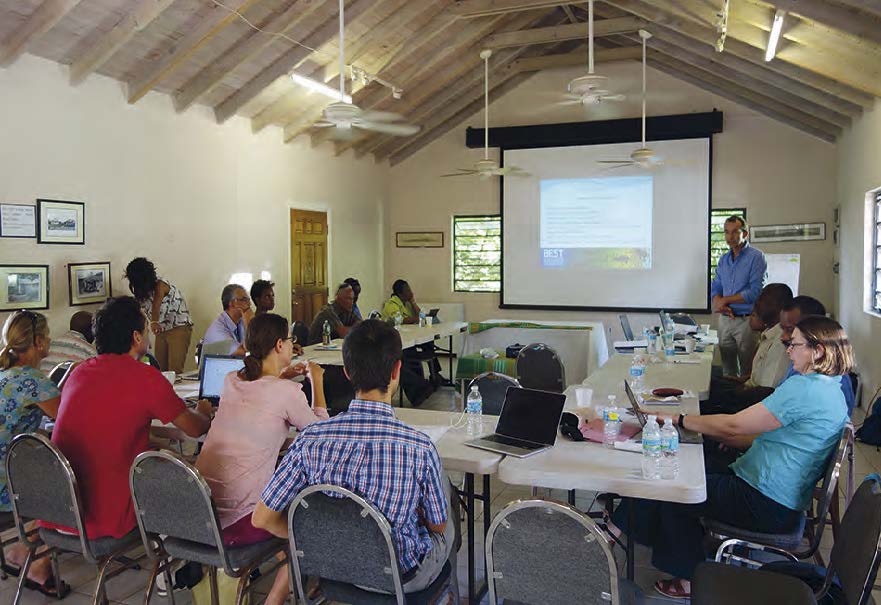The European project, BEST, is moving forward rapidly. In the field, Romain Renoux, director of the regional cooperation and education office for the Réserve Naturelle, and Amandine Vaslet, responsible for the SPAWRAC mission that is coordinating the project with the Réserve, have resumed the consultation of local contacts on various islands.
The goal of these meetings was to identify the issues facing local biodiversity, in order to best protect it, based on existing scientific studies done in the 15 European territories of the Caribbean: French (Guadeloupe, Martinique, Saint Barth, Saint Martin), Dutch (Aruba, Bonaire, Curaçao, Saba, Sint Eustatius, Sint Maarten), and British (Anguilla, British Virgin Islands, Cayman Islands, Montserrat, Turks & Caicos).
- In the Turks & Caicos, like for the other 14 European islands in the Caribbean, the goal was to identify the key zones for biodiversity and validate the profiles of their eco-systems with local authorities, in the presence of the Department of Environment and Maritime Affairs, the Turks & Caicos National Trust, the Turks & Caicos Reef Fund, The British University of Greenwich, the British Marine Conservation Society, and an environmental consultant.
- In Montserrat, where volcanic eruptions seriously modified the eco-systems on the southern two-thirds of the island, the BEST project was warmly welcomed on November 24-27, 2015 by the minister of the environment, the minister of agriculture, the Montserrat National Trust, the Royal Society for the Protection of Birds, the Coral Cay Conservation, Blue Halo Initiative of the Waitt Institute, the GIS center, the fishermen’s association, two diving clubs, a tourism operator, and a hydroponic agriculture company.
- In the Cayman Islands on February 25, 2016, the Environmental Department - eleven participants representing the governments, the environmental associations, and the Cayman National Trust - validated with Amandine Vaslet the conservation zones for biodiversity, the lists of protected species, and the priorities for environmental protection..



















